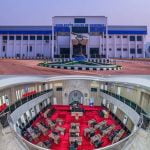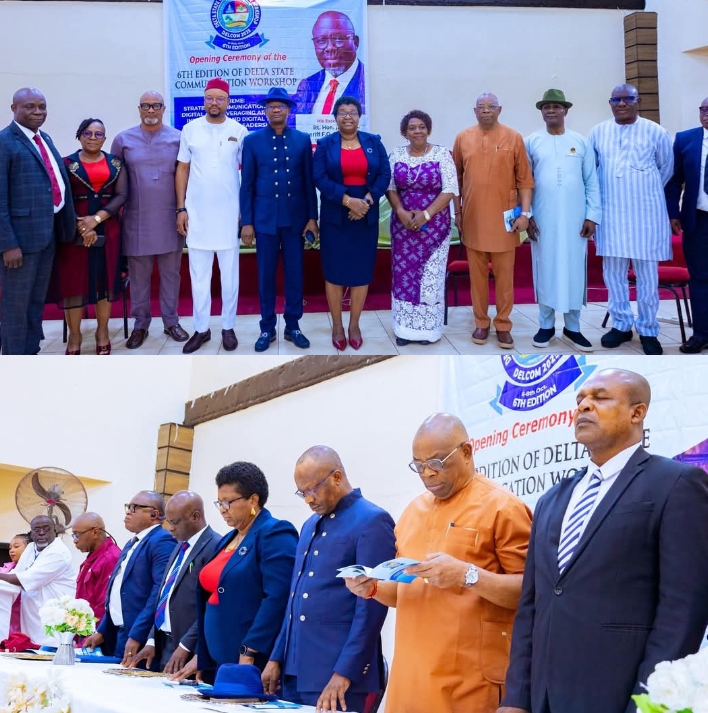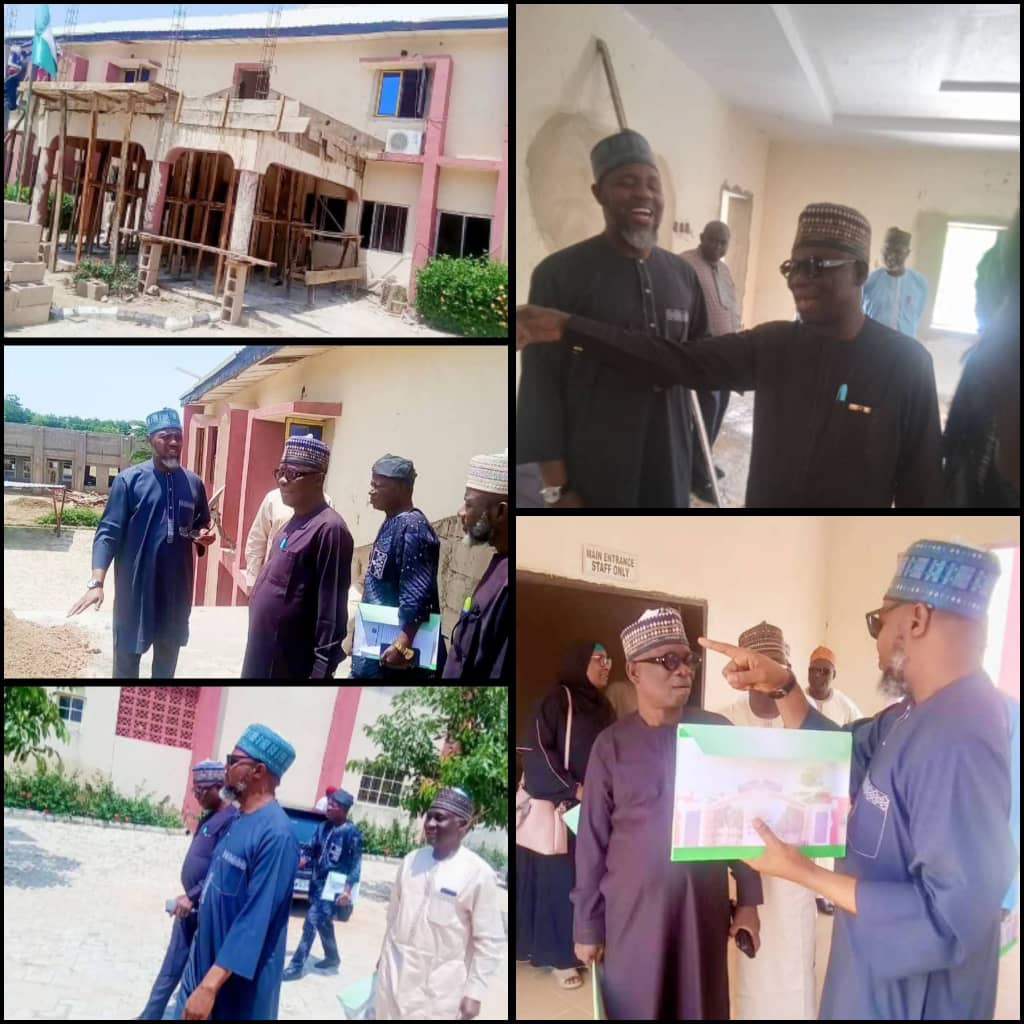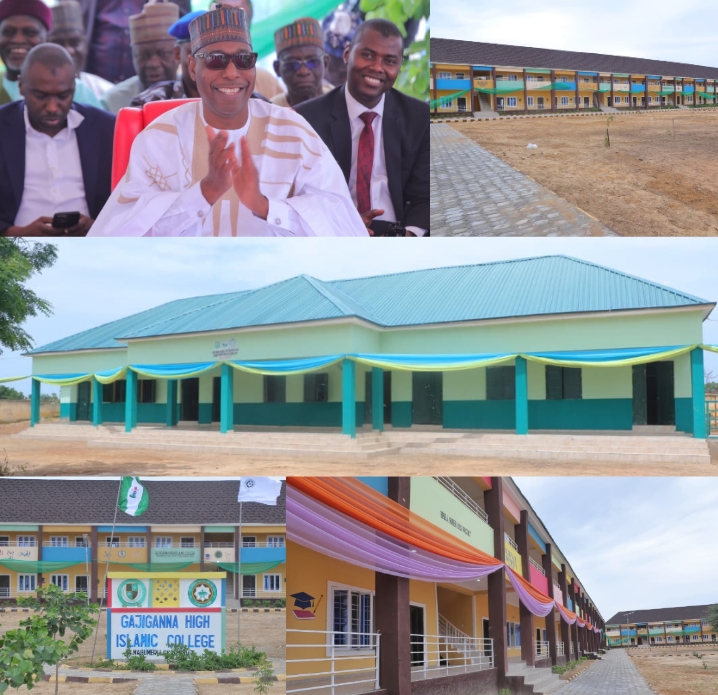The Kogi State Government is establishing a special economic zone with free trade zone status in the Ajaokuta economic development corridor.
A press release issued by Ismaila Isah, Special Adviser on Media to the Governor, indicate that Governor Ahmed Usman Ododo sought collaboration with the Nigeria Export Processing Zones Authority (NEPZA) during a meeting with its Managing Director, Dr. Olufemi Ogunyemi, in Abuja on November 6, 2024, to establish the special economic zone initially proposed over a decade ago.
The Governor, accompanied by senior Kogi state government officials, emphasized the necessity of establishing a special economic zone to leverage the state’s vast natural resources and optimize its economic potential, given its pivotal location as a nexus between northern and southern Nigeria.
He observed that Kogi state possesses an abundance of solid mineral resources in commercially viable quantities, fertile land for agricultural purposes, and exceptional human resources that remain untapped, awaiting the establishment of a special economic zone.
According to the Kogi State Governor, the establishment of a special economic zone will propel the state to become a major economic center in the country, creating thousands of job opportunities for Nigerians.
He confirmed that the state government would swiftly implement all requisite measures to ensure the project’s expedient completion.
The Managing Director of NEPZA, Dr. Olufemi Ogunyemi, assured that the authority would work closely with the Kogi state government to activate necessary processes, ensuring timely approval, licensing, and support for the establishment of a special economic zone.
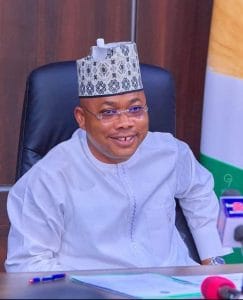
Dr. Ogunyemi praised Governor Ododo for his exemplary management of infrastructural growth, employee welfare, and public safety and property protection within the state.
“As part of the formal process for establishing the special economic zone, the Kogi state government allocated 3,000 hectares of land in the Ajaokuta economic development corridor, with funding to be provided through a collaborative Public Private Partnership model.”




